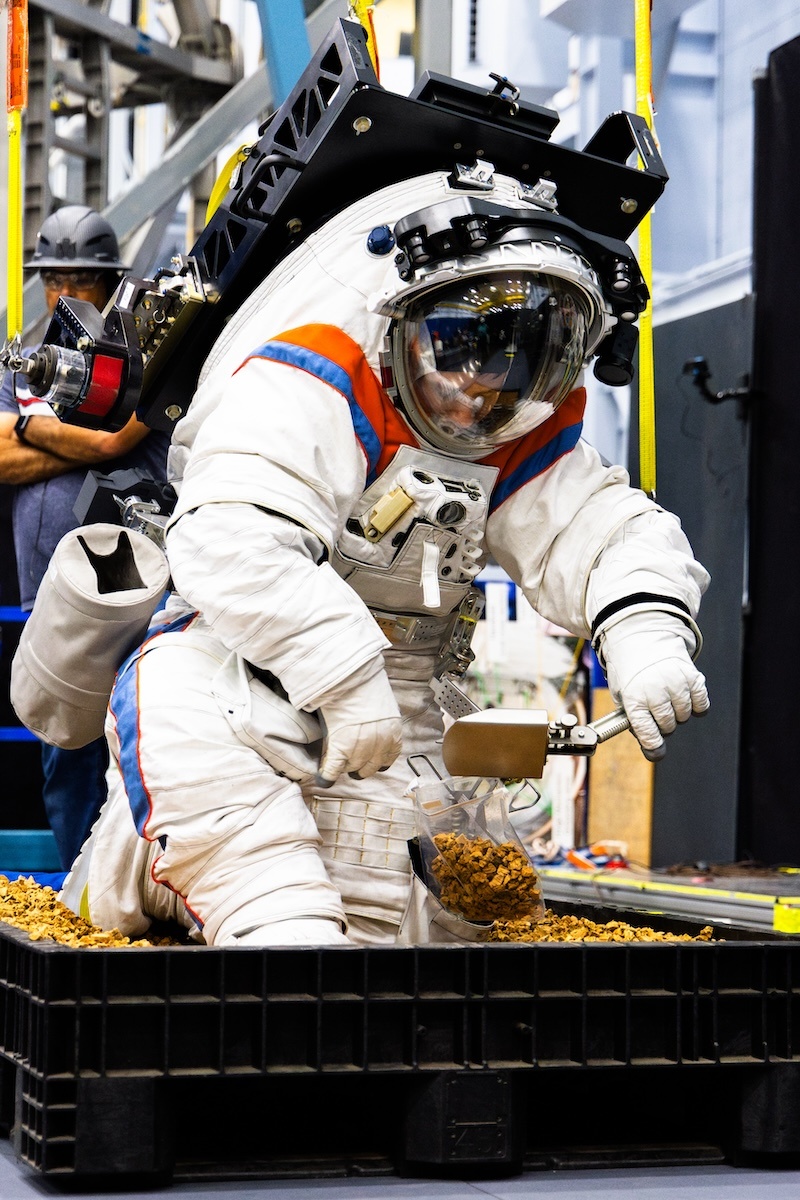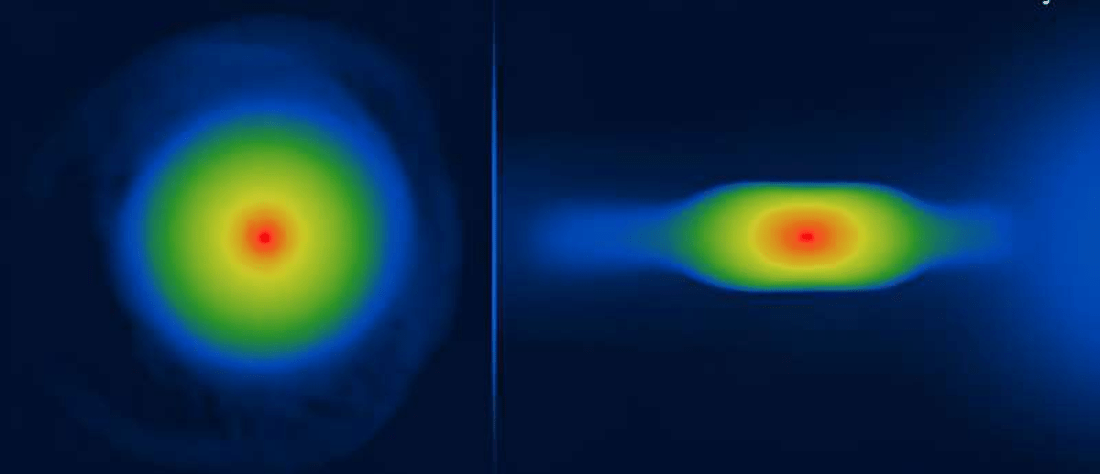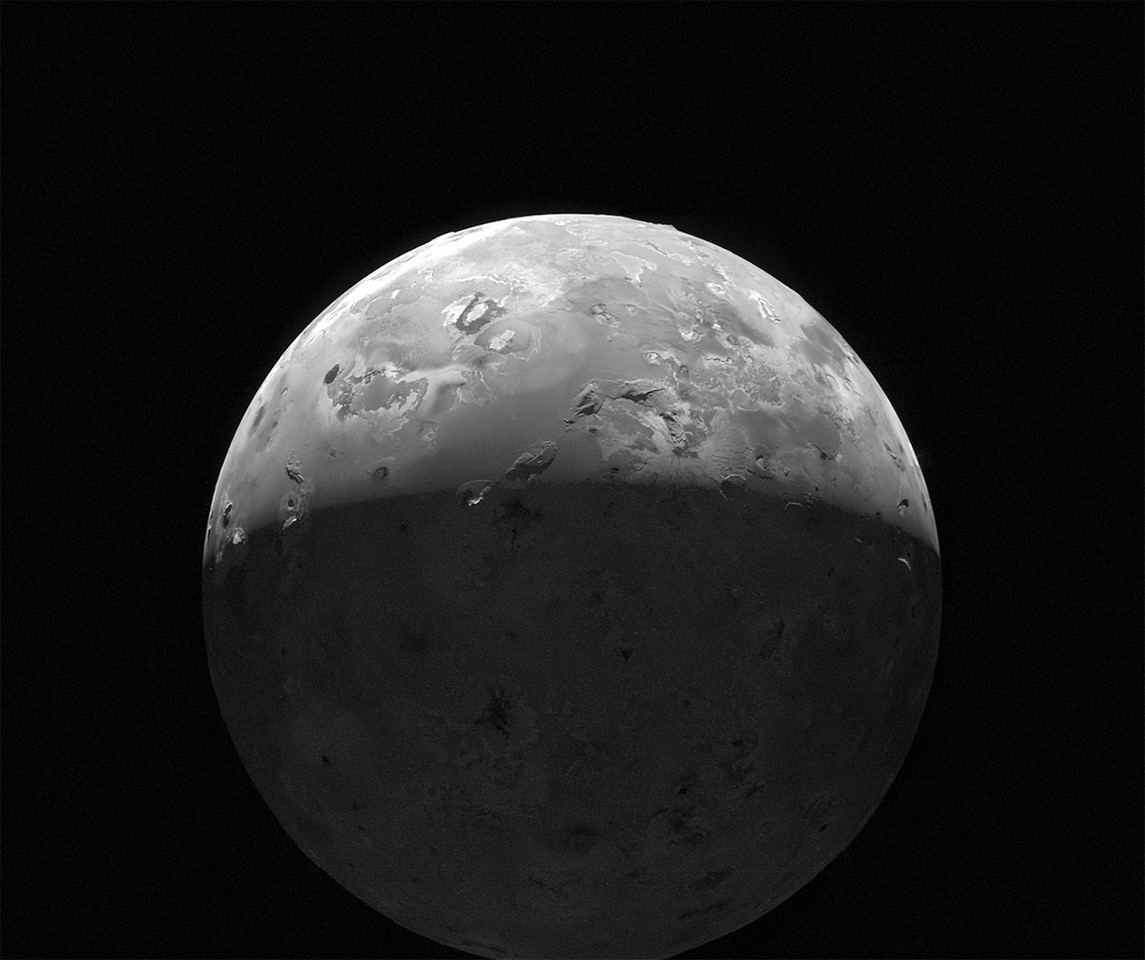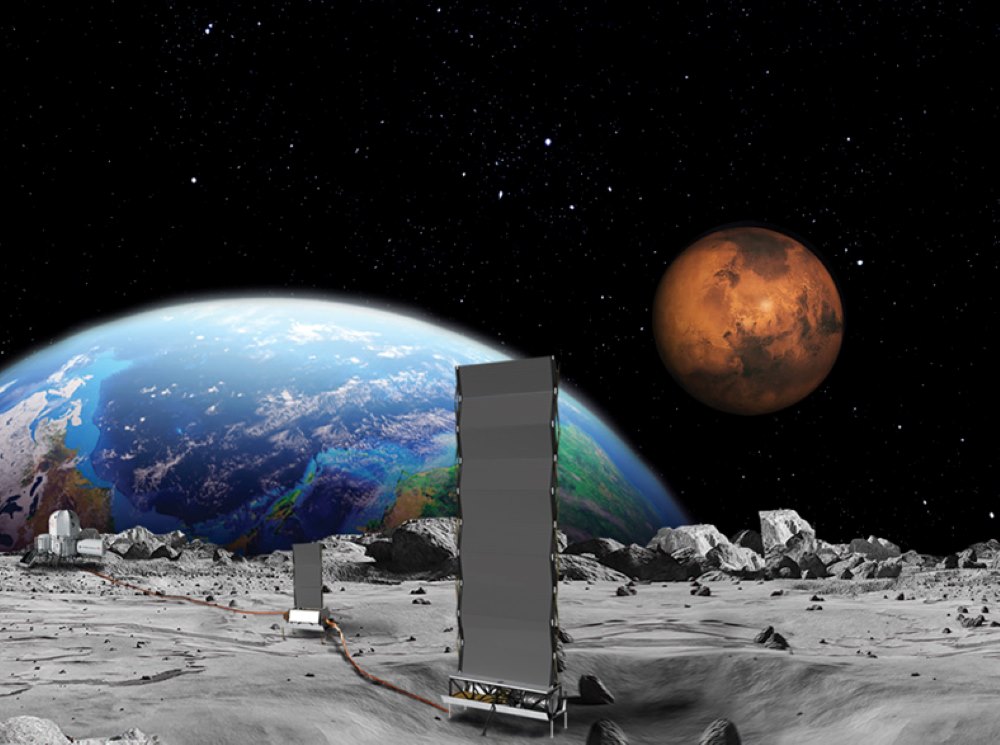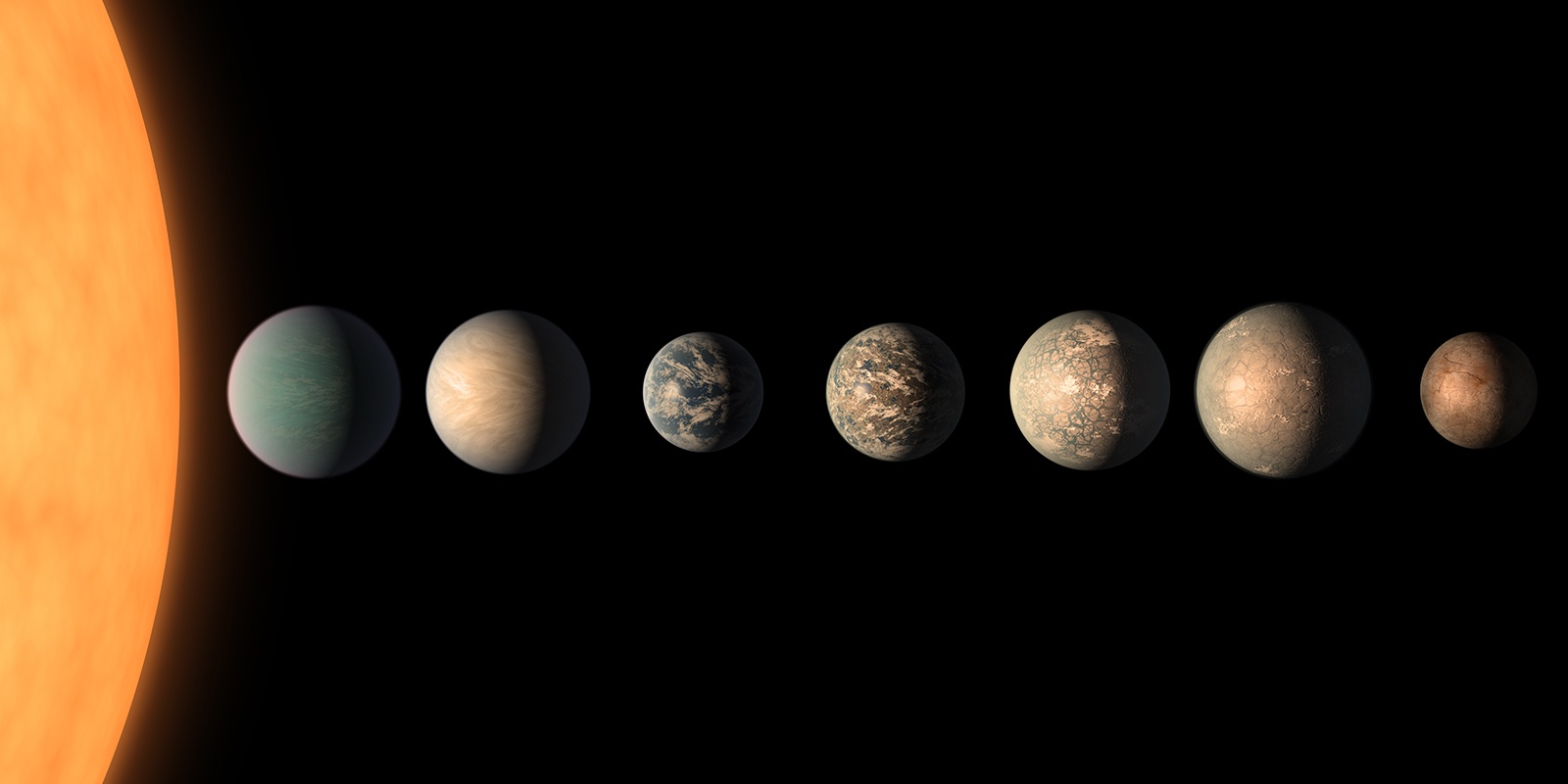NASA’s Artemis mission objective is among other things, to get human beings back to the Moon. Much of the attention of late has been focussed on the rocket technology to get the astronauts there but as we progress from Artemis I to Artemis II – which aims to take a crew around the Moon and back before Artemis III lands them on the lunar surface – attention is shifting on the spacesuits the crew will wear. The new suits, built by Axiom Space are designed to provide the mobility and protection required on the surface and now, NASA has received samples and is testing them in simulated space environments.
Continue reading “NASA Continues Testing its New Lunar Spacesuits”NASA Continues Testing its New Lunar Spacesuits
